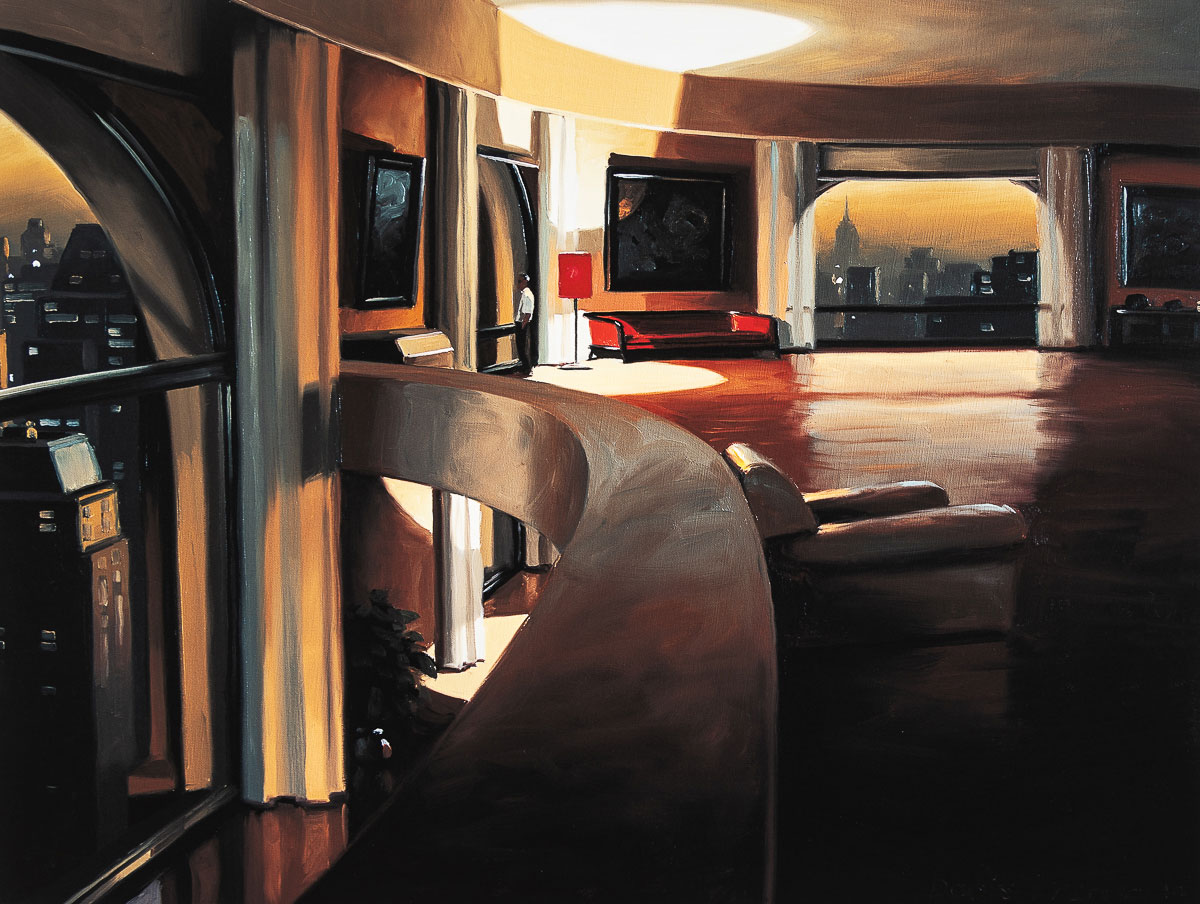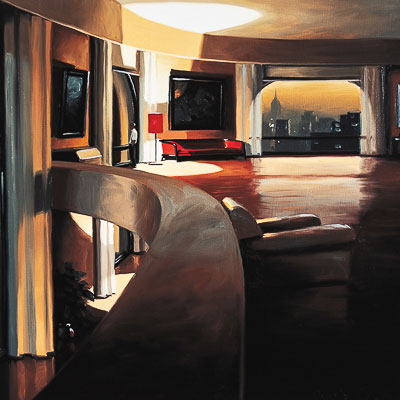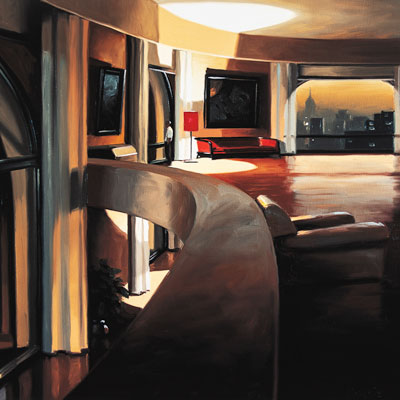Tel : (+33) 4 94 63 18 08
9am - 6pm from Monday to Sunday
Contemporary Art
Contemporary art is a term used to describe the body of artwork created after 1945, succeeding modern art in art history. This period encompasses a great diversity of styles, movements, and techniques, and contemporary artists have benefited from technological advancements such as photography, painting, screen printing, and digital technologies to create their works. One of the fundamental characteristics of contemporary art is that it is not limited to a specific medium. Artists use a variety of mediums, ranging from traditional painting and sculpture to installations, performances, videos, interactive art, sound art, digital art, and more. This freedom of choice in medium reflects the evolution of society and technology, as well as the questioning of artistic conventions. Contemporary art also stands out for its ability to question its era and disrupt traditional art codes. Contemporary artists often seek to challenge established norms, explore new ideas, provoke reflections, and evoke emotions. They frequently address social, political, cultural, and environmental issues, thus reflecting the concerns of their time. Various artistic movements and currents can be observed within contemporary art. These include figurative art that focuses on realistic representation of the world, hyperrealism that seeks to create works with a photographic appearance and an extremely precise level of detail, street art that manifests in public spaces and explores urban issues, feminist art that emphasizes gender issues and inequalities, and conceptual art that emphasizes the idea or concept behind the artwork rather than its aesthetic aspect.
Discover the artist
Frémond Denis
Denis Frémond is a French artist born in Le Havre into an upper bourgeois family. He received a Calvinist education and attended François-Ier high school in his hometown. He studied art at the École Boulle in Paris before turning to theater by taking drama courses. However, he eventually chose to return to painting in 1976 and began experimenting with a humorous style. In the 1980s, he also worked as a press cartoonist and comic book author for various publications. In 1991, he dedicated himself exclusively to painting, working first with watercolors and then with oil. His painting is influenced by Johannes Vermeer and the emotionally liberating source of light, and is therefore characterized by a certain form of dreaminess.. His works have been widely celebrated and he is considered one of the most important contemporary artists in France.


